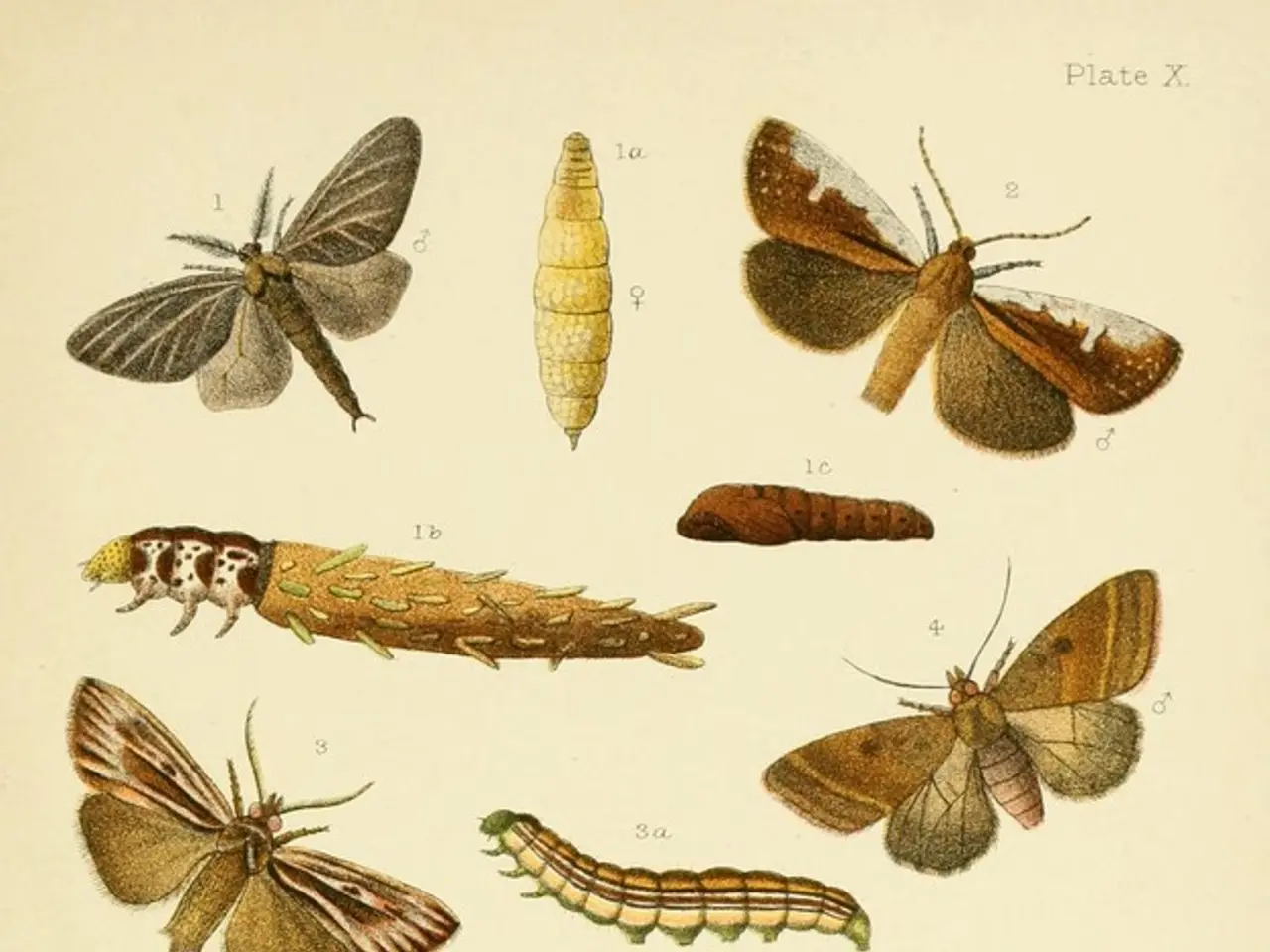Cosmic mysterious particles, known as neutrinos, may provide an explanation as to why the Universe persisted following the Big Bang.
The Deep Underground Neutrino Experiment (DUNE), a groundbreaking international project, is set to shed light on one of the universe's most perplexing mysteries: the matter-antimatter asymmetry. Led by researchers like Dr. Elena Gramellini, a Lederman Fellow at Fermilab, DUNE aims to provide critical insights into why the observable universe is matter-dominated.
DUNE will achieve this by studying a phenomenon known as CP violation in neutrino oscillations. CP violation refers to differences in behavior between neutrinos and antineutrinos, which could explain the matter-antimatter imbalance observed in the cosmos. By precisely measuring neutrino oscillation patterns over a long baseline, DUNE seeks to detect and quantify this asymmetry.
The experiment will send a beam of neutrinos from Fermilab to a far detector located deep underground at the Sanford Underground Research Facility, a distance of 1300 kilometers. The neutrinos and antineutrinos will be compared to see how they change flavors (oscillate) during their journey. Any differences indicate CP violation.
Discovering significant CP violation in neutrino oscillations would support theories explaining the matter-antimatter imbalance observed in the cosmos. For instance, it could help answer the matter-antimatter asymmetry problem, a question that has puzzled scientists for decades.
Neutrinos, with their tiny mass contrary to initial assumptions, could also help explain why the Universe did not simply disappear in a flash of light just after the Big Bang. In the early Universe, matter and antimatter should have been created in equal parts. However, a mechanism where for every billion particles of antimatter, a billion plus one particles of matter were created, violating the symmetry between matter and antimatter.
To unlock DUNE's potential in seeing neutrinos from the Sun and supernovae, the team is developing a Liquid Argon Time Projection Chamber (LArTPC). Dr. Gramellini is at the forefront of this development, creating a LArTPC with a powerful light-collection system. The LArTPC technology is expected to help DUNE reach its goals faster and enhance understanding at low energies.
Moreover, the LArTPC will efficiently recognize proton decay events, an observation long coveted but never observed. Proton decay is a theoretical process in which a proton decays into lighter particles, which could provide evidence for new physics beyond the Standard Model.
As the team records real neutrino interactions with the medium-scale prototypes, they will put the technology to the test in a real physics environment. The development of the LArTPC is a collaborative effort, with the team working on proof-of-principle designs and medium-scale prototypes.
In short, by exploring neutrino CP violation, DUNE addresses one of physics' biggest mysteries — why the observable Universe is matter-dominated — potentially uncovering new physics beyond the Standard Model. The experiment's success could provide us with a deeper understanding of the universe's origin and evolution.
The Deep Underground Neutrino Experiment (DUNE) utilizes science, space-and-astronomy, and technology to study CP violation in neutrino oscillations, which could help explain the matter-antimatter imbalance observed in the cosmos, such as the matter-antimatter asymmetry problem. Additionally, advancements in the Liquid Argon Time Projection Chamber (LArTPC) technology, a key component of DUNE, may enable the detection of neutrinos from supernovae, further enhancing our understanding of the universe and its evolution.




